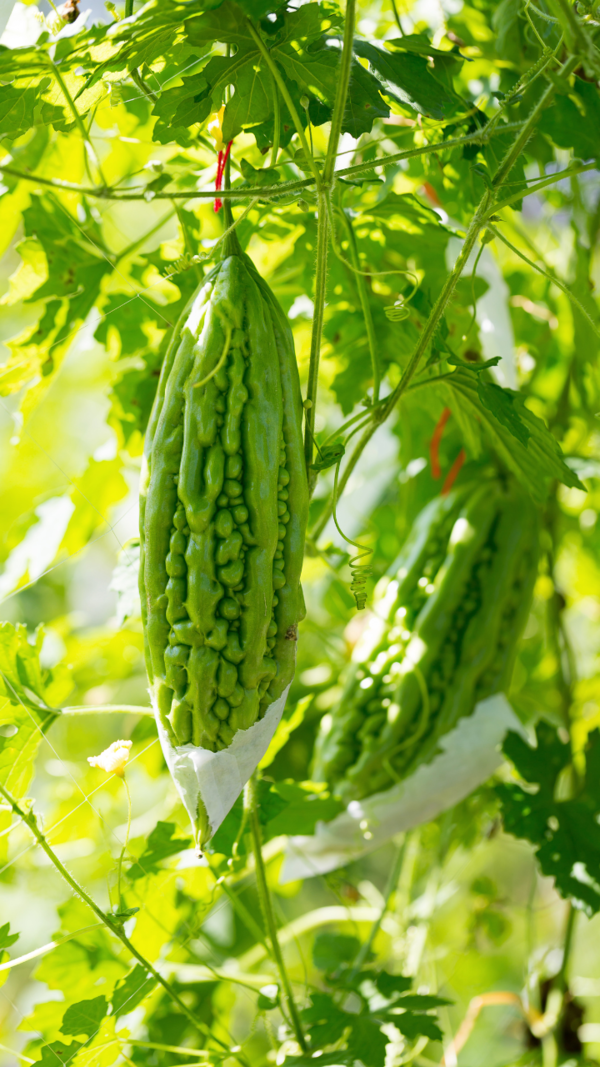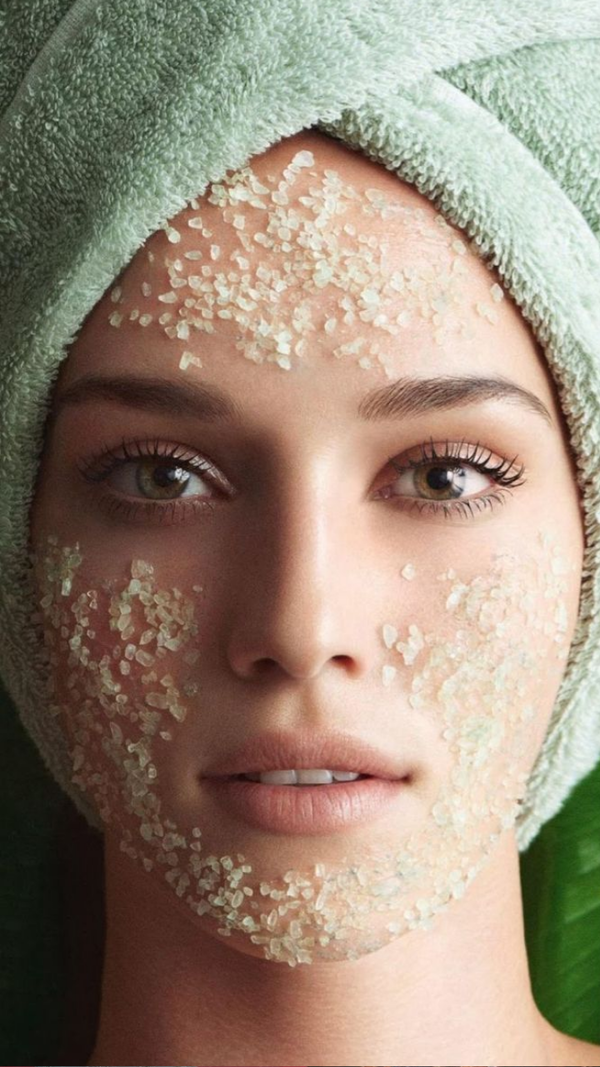Pudina leaves for hair health: Benefits, how to use them, and more

Pudina, aka mint, for hair health
Mint, or pudina, is a powerhouse herb packed with antioxidants and essential nutrients. Known for its refreshing flavor, mint is commonly used in everything from dishes and drinks to toothpaste, where its cooling effect is unmistakable. But beyond its culinary uses, mint is a humble, easy-to-grow herb that offers remarkable beauty benefits, especially for hair. Thanks to its natural therapeutic properties, mint can help treat a variety of scalp and hair concerns, from dandruff to hair fall. Curious how to add this wonder herb to your haircare routine? Let’s explore its benefits and the best ways to use it for healthier, shinier hair.

Benefits of mint for hair: Improves blood circulation, leading to hair growth.
Menthol is an important constituent of mint. When applied to your scalp, it improves blood circulation and acts as a vasodilator, which widens the blood vessels, facilitating better blood circulation. Improved blood circulation ensures an adequate supply of oxygen with other essential nutrients, to the follicles and cuticles, thus fortifying the required nutrients for hair growth.
(Image Credits: Pinterest)

Reduces dandruff and hair fall
The anti-inflammatory properties of mint leaves have a soothing effect on the irritated and itchy scalp. Its antimicrobial properties further reduce scalp infection and maintain a healthy scalp. This process also leads to a decline in hair fall issues. Mint is a rich source of vitamins A, C, calcium, iron, magnesium, and potassium, which nourishes the scalp and fortifies the follicles, adding strength and vitality to your strands.
(Image Credits: Pinterest)

How to use mint for dandruff and a greasy scalp?
Take a handful of mint leaves and crush them well. Next, add a few drops of lemon juice and apply this mixture evenly to your scalp and hair strands. Let it rest for 30 minutes and then wash your hair. Do this twice a week for desired results. In case of a greasy scalp, take a handful of mint leaves and camphor and grind them well to make a smooth paste. Now, add a few drops of lemon juice and apply it to your scalp. Let it rest for 20 minutes and see the results.
(Image Credits: Pinterest)

How to use mint for hair fall?
Mint oil improves the blood circulation and can be used to stimulate the hair follicles, thus promoting hair growth. Take 3-5 drops of mint oil and add it with 3 tablespoons of virgin coconut oil. Now, part your hair in sections and apply this mixture to your scalp. Gently massage it for 5 minutes, which will allow better oil absorption. Enjoy the hydrating and nourishing properties of coconut oil and see the change in a mere three weeks.
(Image Credits: Pinterest)

Look out for the side effects of mint
(Image Credits: Pinterest)








